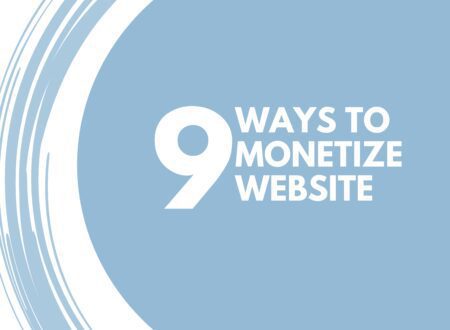In today’s digital world, the fastest loading websites are winning the race for user attention. A fast website isn’t just a luxury it’s a necessity. Studies show that users abandon a site if it takes more than 3 seconds to load. In this article, we’ll explore what makes a website fast, why speed matters, and how you can optimize your web page for lightning-fast performance.
Why Website Speed Matters
User Experience: A fast website provides a seamless experience, keeping users engaged and reducing bounce rates. Slow-loading pages frustrate visitors and drive them to competitors.
SEO Rankings: Google prioritizes fast websites in search results. A faster web page can improve your rankings and drive more organic traffic.
Conversion Rates: Faster websites lead to higher conversion rates. For example, Amazon found that every 100ms delay in page load time cost them 1% in sales.
What Makes a Website Fast?
Several factors contribute to the website’s speed:
- Optimized Images: Compressed and properly sized images load faster.
- Minified Code: Clean, streamlined code reduces load times.
- Content Delivery Network (CDN): CDNs distribute content across multiple servers for faster delivery.
- Caching: Browser caching stores data locally, reducing load times for returning visitors.
- Server Performance: A reliable hosting provider ensures quick server response times.
Examples of the Fastest Loading Websites
Here are some of the fastest websites and what makes them stand out:
| Website | Load Time | Key Features |
|---|---|---|
| 0.5 seconds | Minimalist design, optimized code, and a global CDN. | |
| Amazon | 1.2 seconds | Advanced caching, image optimization, and a robust infrastructure. |
| Wikipedia | 1.5 seconds | Lightweight design, text-heavy content, and efficient server management. |
| BBC | 1.8 seconds | Optimized images, lazy loading, and a fast CDN. |
| Apple | 2.0 seconds | High-quality visuals with efficient compression and caching. |
How to Make Your Website Load Faster
1. Optimize Images
- Use tools like TinyPNG or JPEGmini to compress images.
- Choose the right file format (JPEG for photos, PNG for graphics).
2. Minimize HTTP Requests
- Combine and reduce CSS and JavaScript files.
- Use CSS sprites for icons and small images.
3. Enable Browser Caching
- Set expiration dates for static resources to reduce reload times.
4. Use a Content Delivery Network (CDN)
- Distribute your content across multiple servers worldwide for faster delivery.
5. Upgrade Your Hosting
Choose a hosting provider with fast servers and reliable uptime
Pros and Cons of Fast Websites
Pros
- Improved User Experience: Faster websites keep visitors engaged.
- Higher SEO Rankings: Speed is a key ranking factor for search engines.
- Increased Conversions: Faster load times lead to more sales and sign-ups.
Cons
- Cost: Optimizing speed may require investing in premium tools or hosting.
- Complexity: Implementing speed optimizations can be technically challenging.
Tools to Test Website Speed
Here are some popular tools to measure and improve your website’s speed:
- Google PageSpeed Insights: Analyzes performance and provides optimization tips.
- GTmetrix: Offers detailed reports on load times and performance metrics.
- Pingdom: Monitors website speed and uptime.
- WebPageTest: Tests load times from different locations and devices.

Conclusion
The fastest-loading websites are not just a trend—they’re the future of online success. Speed impacts user experience, SEO rankings, and conversions, making it a critical factor for any website. By optimizing images, minimizing code, using a CDN, and upgrading your hosting, you can create a fast website that keeps users happy and boosts your online presence.
Start testing your website’s speed today and implement these tips to stay ahead of the competition.
FAQs
1. What is a good website load time?
A good load time is under 3 seconds. Ideally, aim for 1-2 seconds for the best user experience.
2. How does website speed affect SEO?
Google uses speed as a ranking factor. Faster websites rank higher in search results.
3. What is a CDN, and how does it help?
A CDN (Content Delivery Network) distributes your website’s content across multiple servers worldwide, reducing load times for users.
4. How can I check my website’s speed?
Use tools like Google PageSpeed Insights, GTmetrix, or Pingdom to test your website’s speed.
5. Can images slow down my website?
Yes, large or unoptimized images can significantly slow down your website. Compress and resize images for faster loading.
- Best Visual CSS Live Editor Plugins for WordPress (2025 Update) - September 9, 2025
- Benefits Of Improving Your Web Design (2025 Updated Guide) - September 9, 2025
- How to Add Custom Fonts in Elementor Free | 3 Step Guide Using a Plugin|(2025 update) - September 8, 2025







